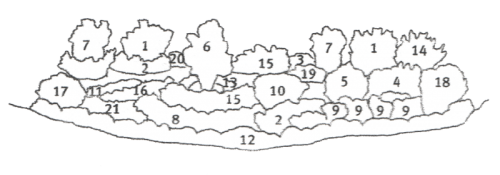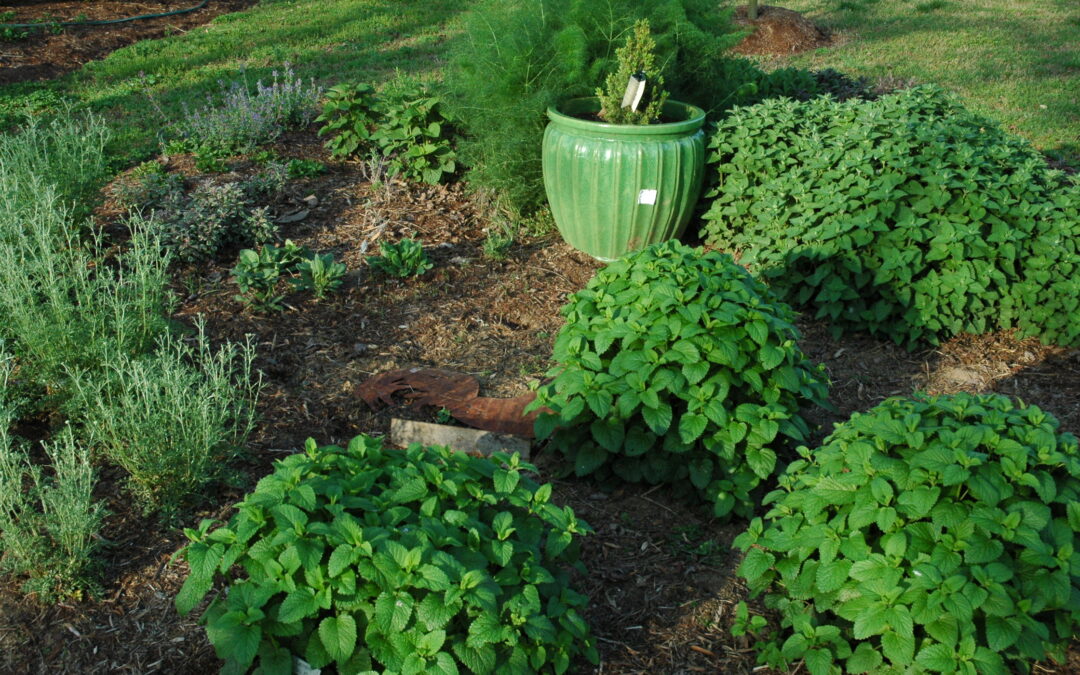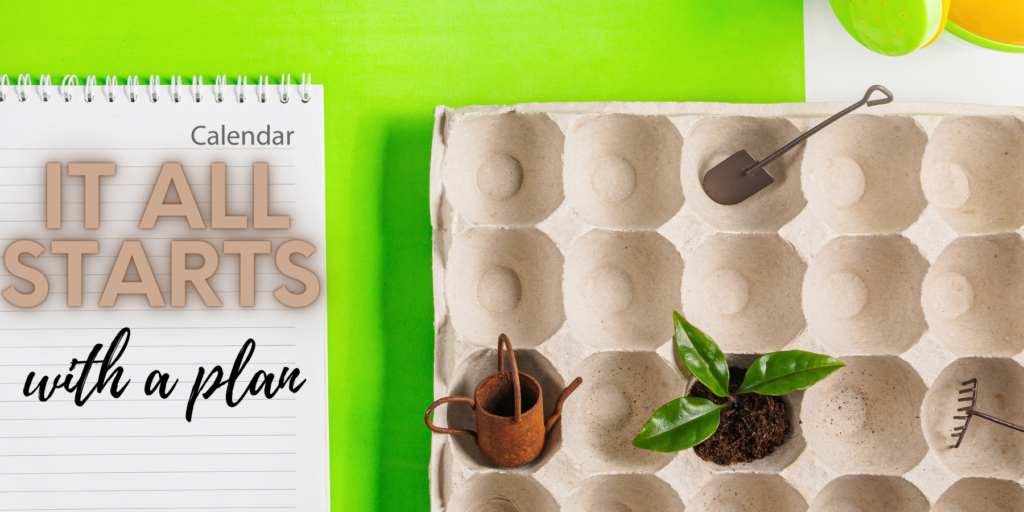Do you need some encourage-mint? Don’t worry we are here to help! During these dark cold nights. Sitting planning your spring garden with your eyes close imagining the sun on your face, what’s a better way to help with the winter blues.
Herb gardening in January is all about planning. Whether you are working on your 30th herb garden, or you are working on your very first one, a good plan is an important first step. And, it doesn’t have to be a daunting task, but rather an enjoyable pastime that will ensure a bountiful spring garden.
If you are a new gardener, then this might be your chance to start from scratch in the gardener world. Perhaps you’ve had a browse on sites for a new patio, or you have had a peruse online for outdoor furniture. Well a garden isn’t a garden without some sort of foliage. And a herb garden is a way to really add some natural vibes and some character to your garden. And, since you can make your garden full of herbs you love to use in the kitchen. You can create an Culinary herb garden that can be planted anywhere in your garden: plant them under an ornamental tree, among your vegetables, or in containers. The larger herbs make perfect landscape plants. Using herbs in you garden you can even create a informal garden of culinary herbs planted as a curving border. This particular plan can also be treated as an island, accessible on all sides.

Here is a sample of an “herb garden island”, access your garden for all sides!
First, determine where the garden is going and how much space you are going to need. The shape and size can be adapted to the specifics of your site, and once you’re determined placement use a hose to lay out the curve of the border. No straight lines allowed! Even a slight curve will make for a more interesting bed. If this is an established bed, then a lot of the work has been done. If you are creating a new bed, don’t worry. As long as your ground is not frozen, you can get out there and dig. Make sure that you prepare your soil (a Google search on “preparing a garden” will provide you with more than enough information). When deciding where to put what, my only advice is this: everything can be moved. There are no hard and fast rules. A few things to remember – put your low growers in the front of the bed, make sure you pay attention to the MAX height and spread information on the plant product page and grow what you like (although adding a few unknowns keeps things interesting). And, above all else, use them regularly. This is also a perfect time to read and learn about your herbs. What sunlight they need, how much watering…and most herbs have multiple purposes other than just culinary!

We created a sample here to show how simple it can be. It doesn’t need to be fancy or you can let your creativity run wild!
1 – Dill 2 – Calendula 3 – Vietnamese Coriander 4 – Cilantro 5 – Bronze Fennel 6 – Bay Laurel
7 – Rosemary ‘Arp’ 8 – Basil Genovese 9 – Sweet Marjoram 10 – Curly Parsley
11 – Cutting Celery 12 – Low Growers: Thyme Plants 13 – Italian Parsley 14 – Rosemary ‘Tuscan Blue’
15 – Sage ‘Common’ 16 – Purple Sage 17 – Green Fennel 18 – Savory 19 – Tagetes 20 – Tarragon 21 – Italian Oregano



I would like to know more about the greehouse and hOw you manage to pull that off with a wood stove! Amazing! Thanks
I would like to know more about how you keep the dirt from freezing in your greenhouse!